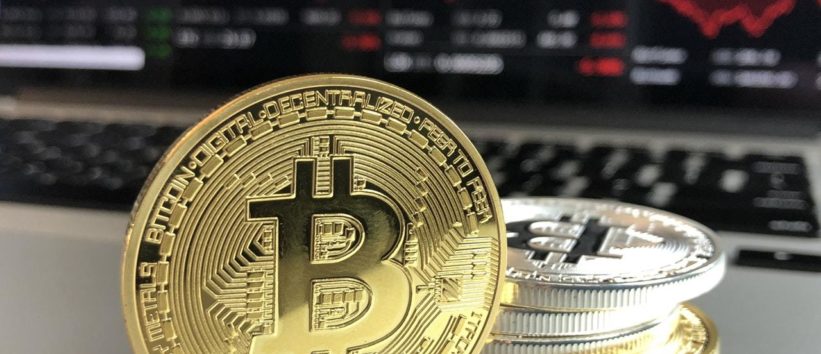A 3 Step Guide To Trading Bitcoin Futures
by Trading 101 Tem 16, 2019

In the last few months of 2017, the CME Group announced it would be introducing Bitcoin-based futures before the end of the year. This announcement sent the Bitcoin world into a frenzy and spiked the price of Bitcoins into a new record at the time. Of course, this sent anyone with a trading 101 background into a similar frenzy to try and figure out how make a profit before the decline hits.
Unlike Bitcoin, trading futures is something that’s generally covered by any decent guide to trading 101. Just like regular futures, Bitcoin futures will work by setting a fixed price wherein one commits to buying or selling Bitcoins at a fixed price in the future. These work similarly to options but come with an attached obligation whereas options only come with the right to buy or sell, not the outright obligation.
With the massive price fluctuations that are dominant in the Bitcoin market, futures can really leverage profit but can also maximize losses due to the strong volatility of the market. If you’re certain that Bitcoin will crash, buying a futures contract that sells the currency at a price higher than what you believe it’s value is going to be, you’ll have profited as you can now buy more Bitcoins than you had before.
If you’re ready to get into the game of trading Bitcoin futures, here’s how you start.
1) Pick Your Exchange
Bitcoin futures are traded on exchanges in the same way that regular Bitcoins and other forms of cryptocurrencies are traded. Of course, given how new futures are, not all crypto exchanges offer futures as an option, so a bit of research is required on which exchanges are best of futures trading. This information is just a Google search away, so no problem, but CBOE and BitMEX both offer futures.
Another major factor in research is safety. In the real world, several exchanges used to struggle with futures fraud and theft until the right measures were taken. Bitcoin exchanges are similar, so check what exchanges offer what levels of security and safety.
2) Futures Trading Preparation
Once you’ve gone through the process of registering with your exchange of choice, it’s time to prepare. After an account has been set up, the first thing needed to trade in futures is obvious: capital. The amount that’s going to be used for trading needs to be transferred to the new Bitcoin exchange account. Most exchanges accept pay-ins using bank and wire transfers or even transfers from other Bitcoin exchanges you might have used in the past.
Some exchanges allow traders to pay for futures using other types of cryptocurrency, but if you’re trading Bitcoin don’t be surprised if the exchange only allows you to buy and sell futures using Bitcoin.
3) Understanding Futures
Futures are excellent tools for going long and short in Bitcoin. They allow traders and investors to minimize risk on their positions or hedge them effectively too. Futures contracts have been associated with Bitcoin miners who require a certain level of Bitcoin value in order to remain profitable, so often their futures are set a safe level wherein they’ll be guaranteed to be able to pay their bills.
Some exchanges even offer templates that can be used for creating futures, covering the important details of time and date as well as whatever amounts are relevant.
Whether going long or short is the right move entirely depends on the traders understanding of the market and their prediction on factors such as government regulation, politics and demand for the currency are going to affect the pricing of Bitcoin.
